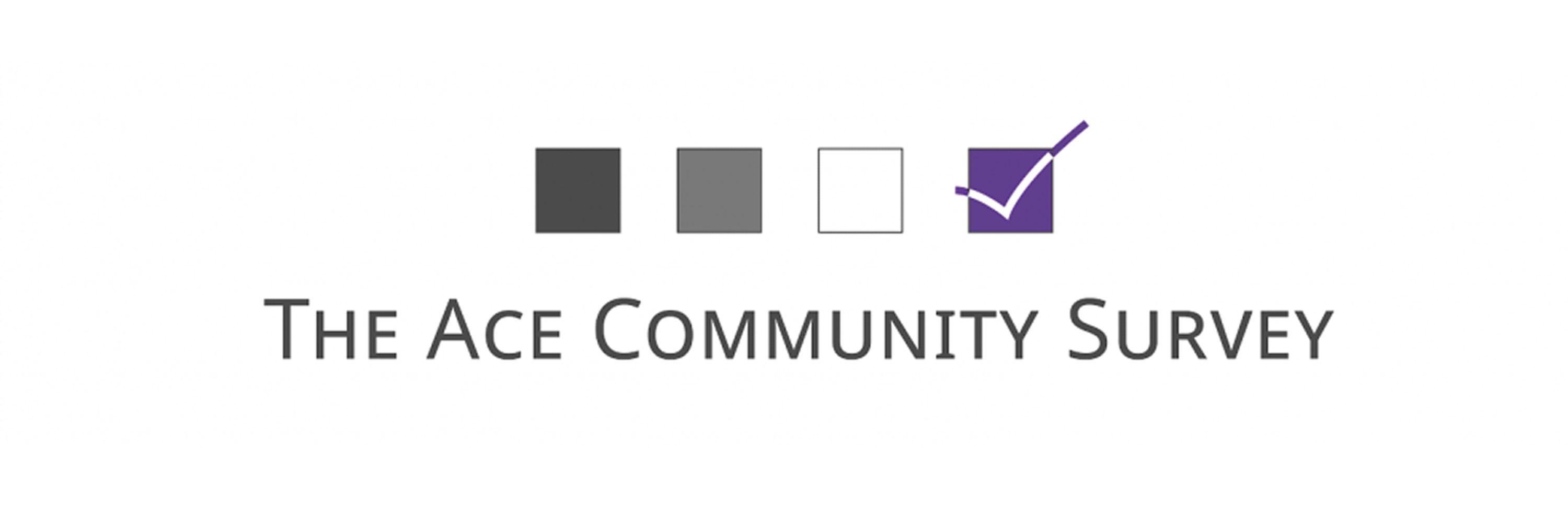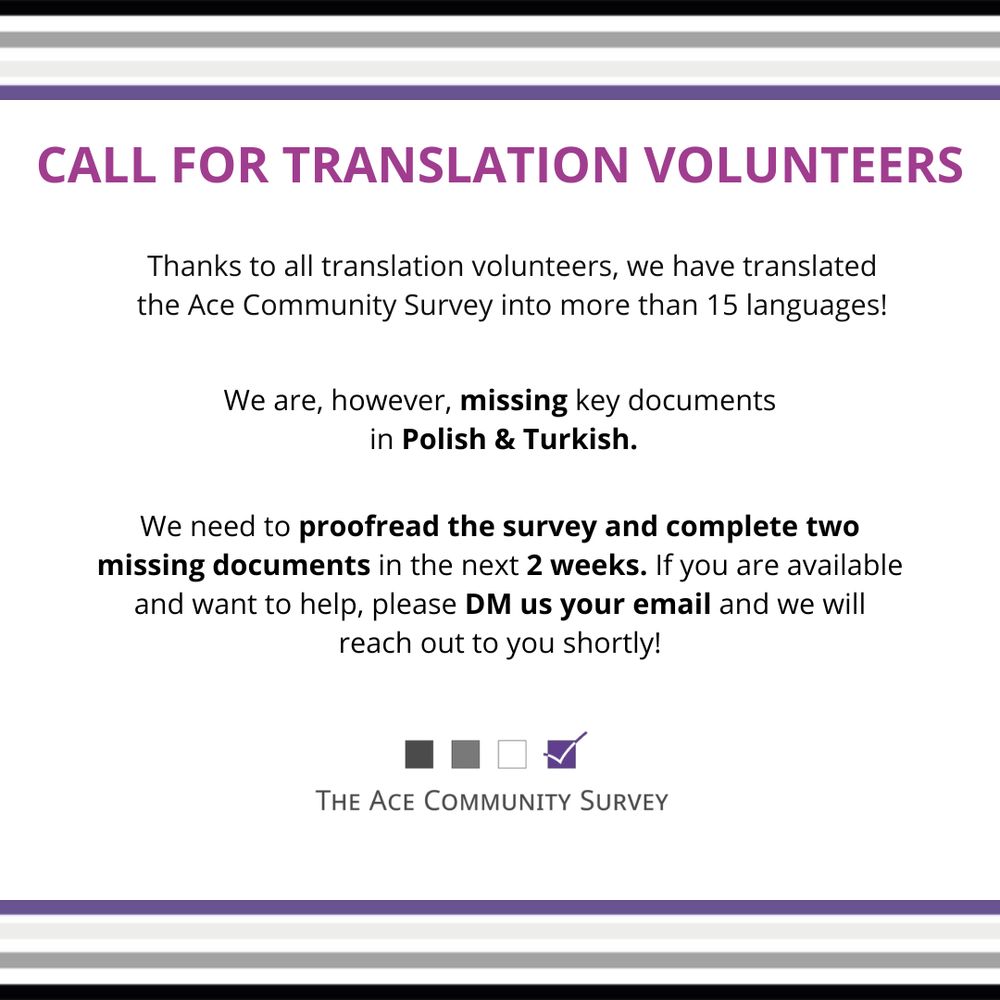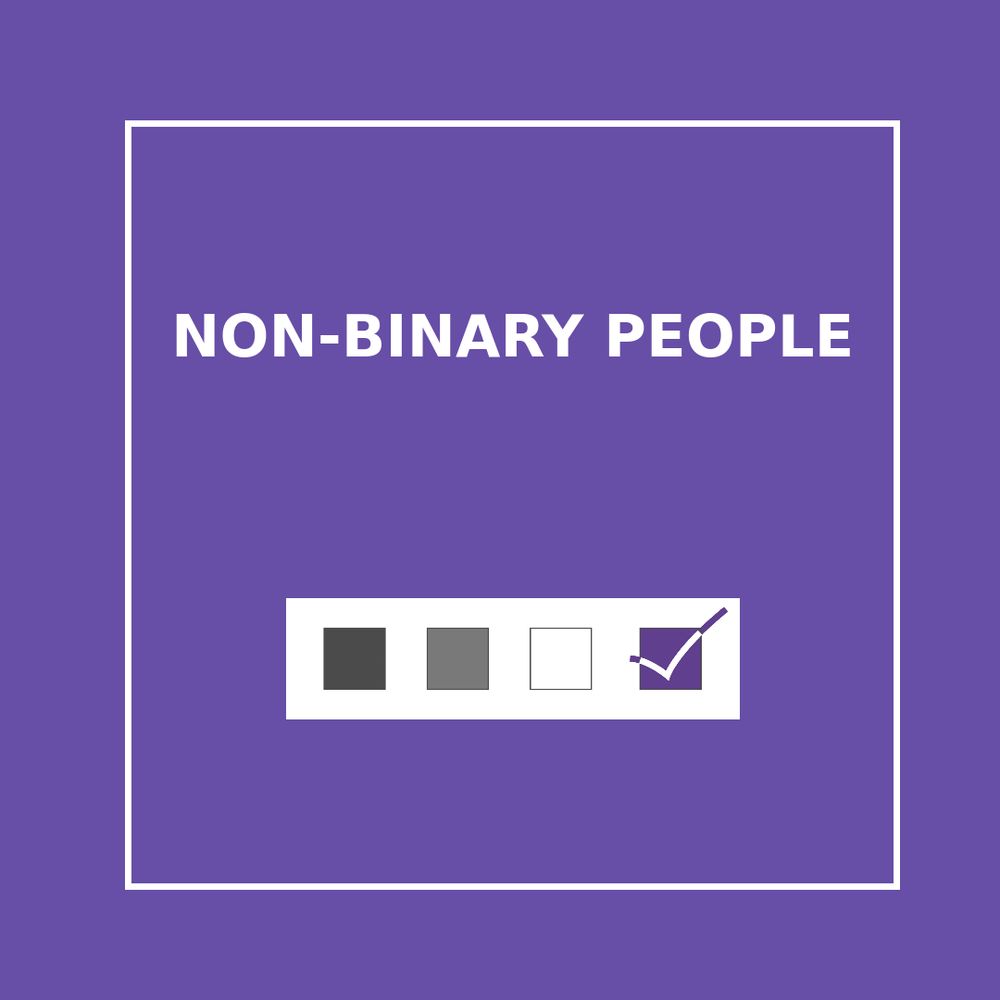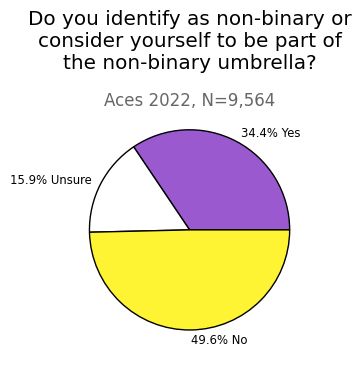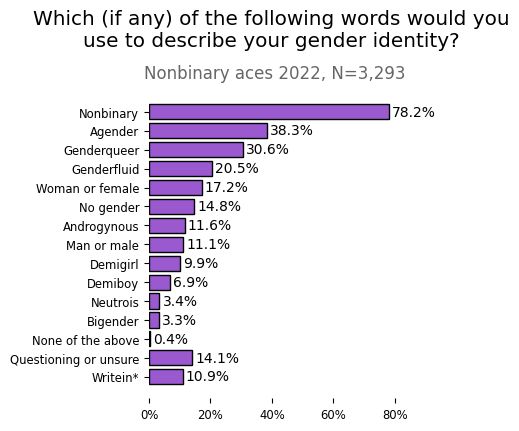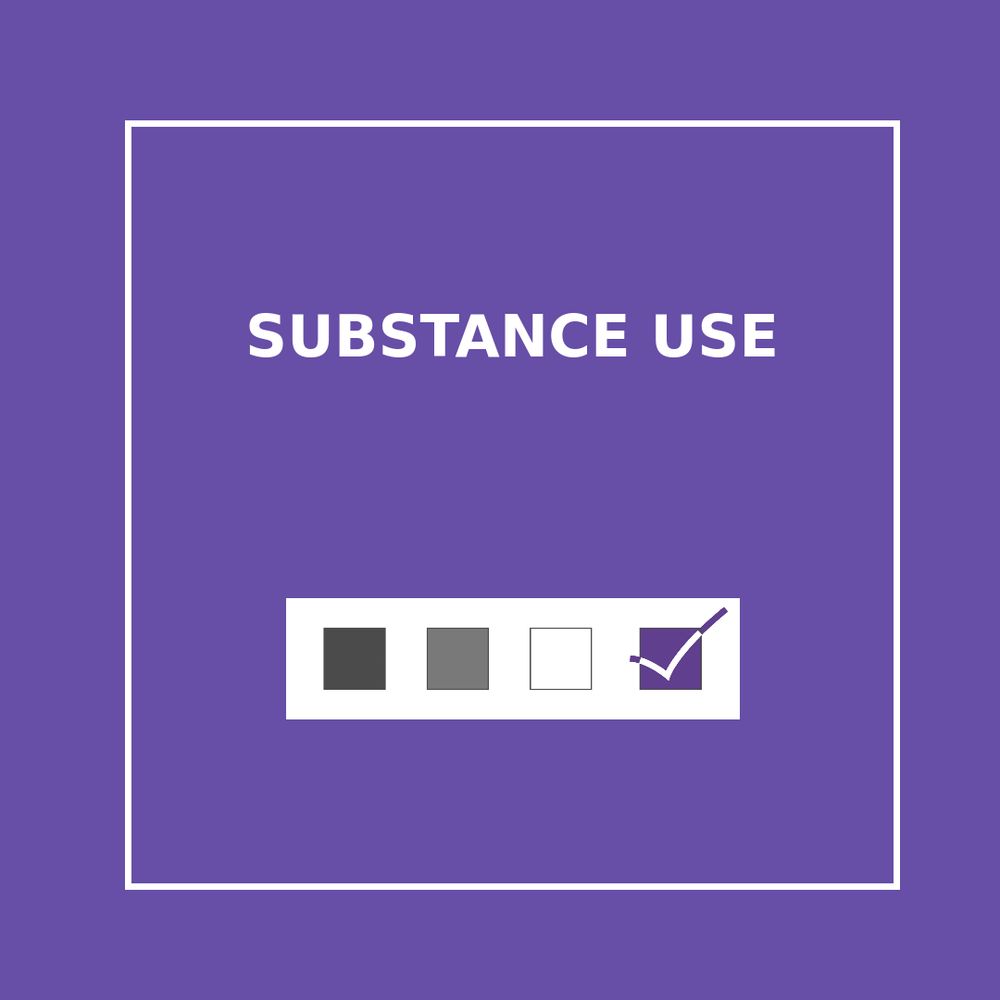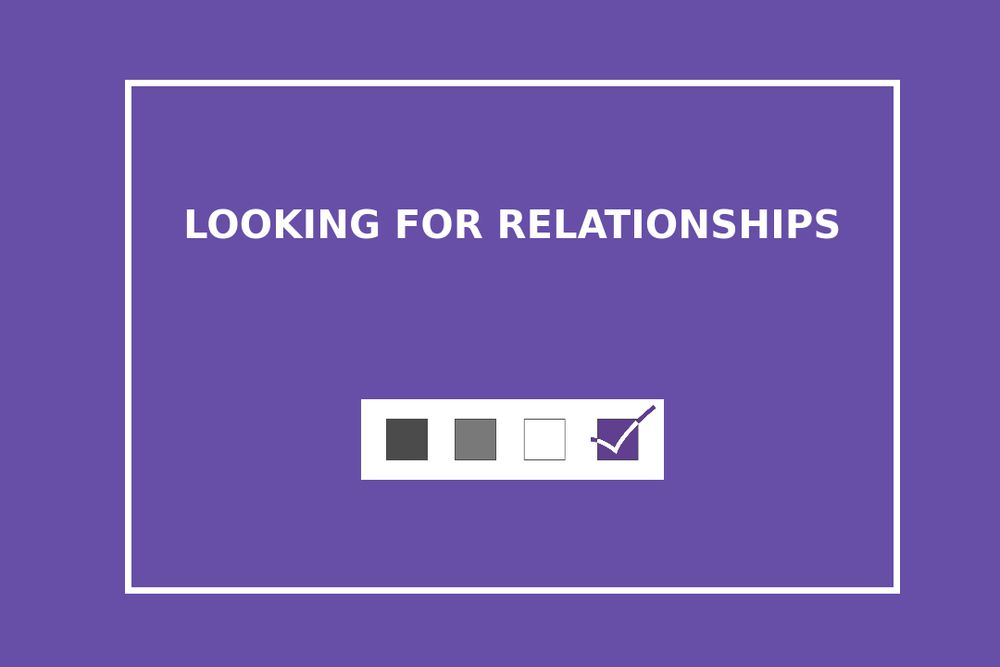Ace Community Survey Team
@acecommunitysurvey.bsky.social
93 followers
11 following
46 posts
Annual Ace Community Survey, run by a dedicated group of Ace volunteers from around the world.
Contact: [email protected]
https://linktr.ee/acecommunitysurvey
Posts
Media
Videos
Starter Packs
